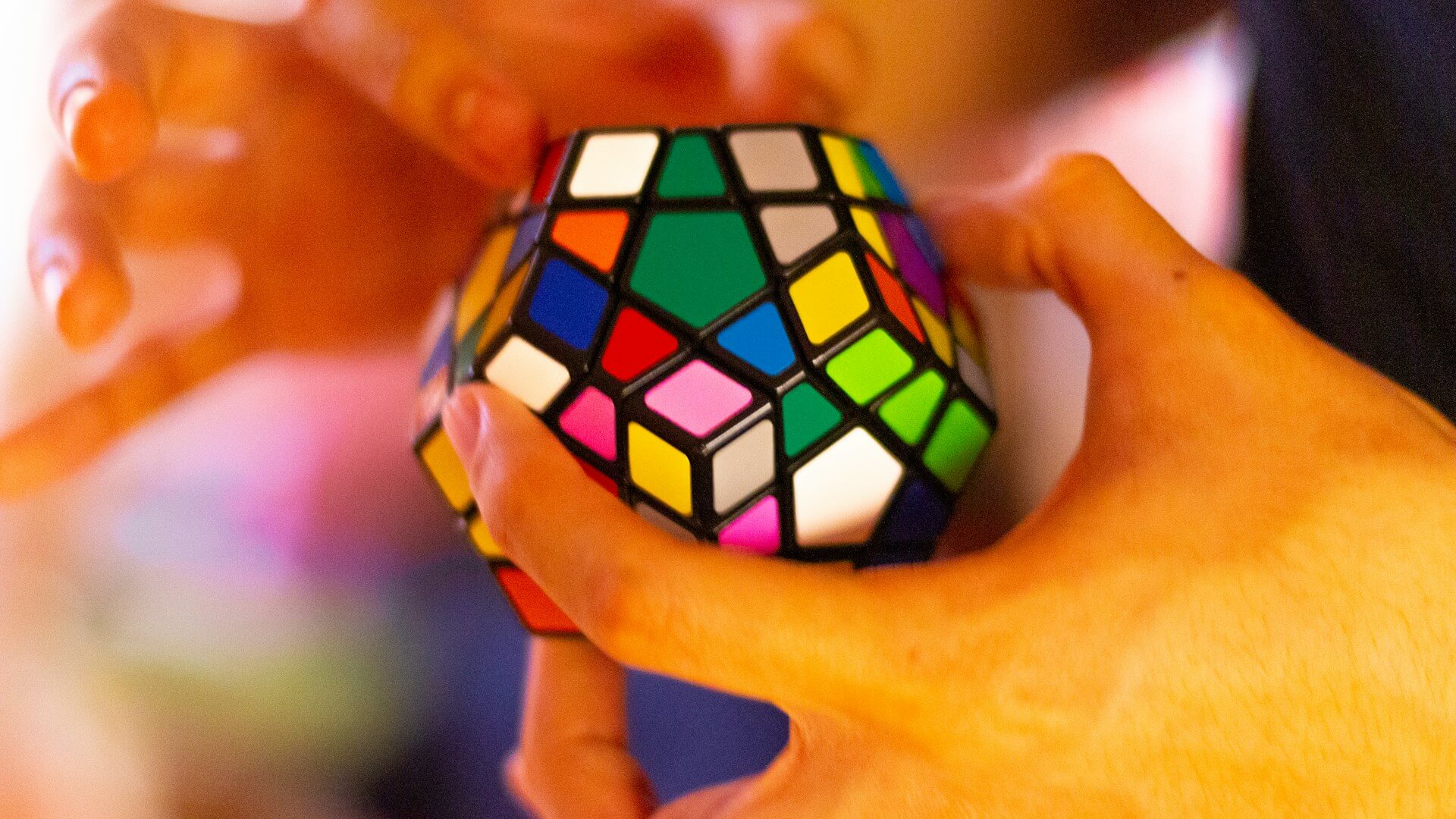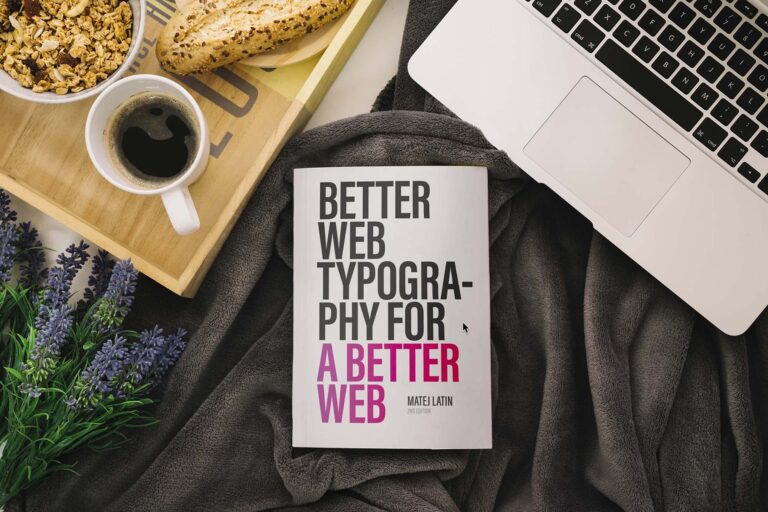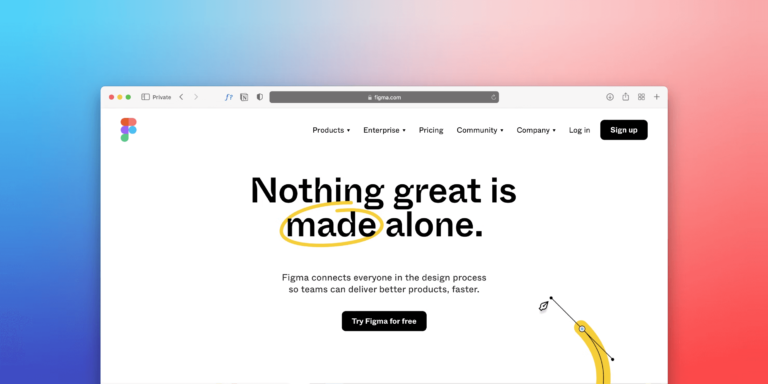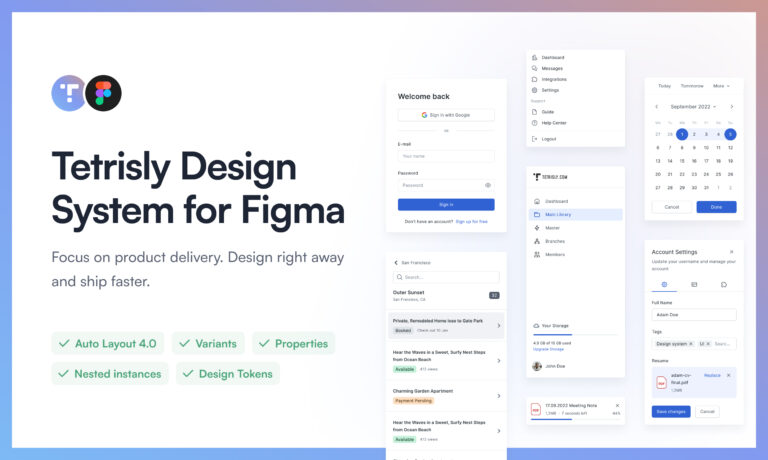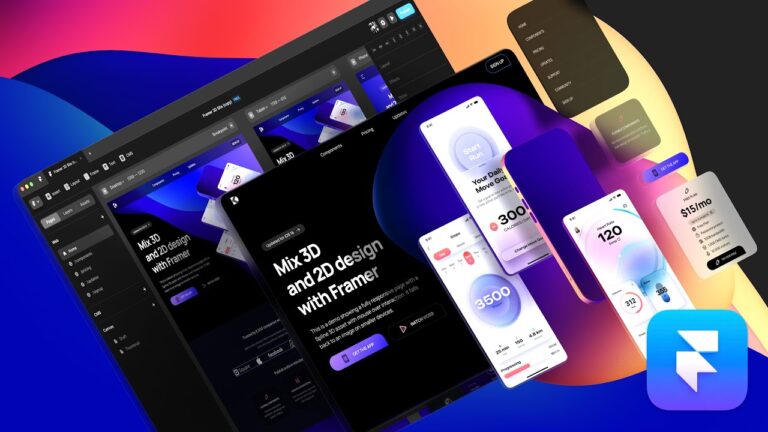In the world of UX design, creating a visually appealing interface is just one piece of the puzzle. The true magic lies in problem solving. It’s about understanding user needs, identifying pain points, and crafting solutions that result in a seamless and satisfying user experience.
What is Problem Solving in UX Design?
Problem solving is the cornerstone of UX design. It’s a systematic approach that involves:
- Identifying the Problem: Understanding the core challenges users face when interacting with a product or service. This often involves user research techniques like interviews, surveys, and usability testing.
- Defining the Scope: Clearly outlining the specific problem you’re trying to solve. This ensures your design solutions are focused and relevant.
- Brainstorming Solutions: Generating a range of creative ideas to address the identified problem. This could involve sketching, prototyping, and collaborating with other designers and stakeholders.
- Evaluating and Testing Solutions: Assessing the effectiveness of your design solutions through user testing and data analysis. This phase allows for iteration and refinement before final implementation.

Why is Problem-Solving Essential in UX Design?
Here’s why problem-solving is crucial for successful UX design:
- User Satisfaction: By focusing on solving user problems, you create products that are truly user-centric, leading to higher satisfaction and engagement.
- Increased ROI: Effective problem-solving in UX design can lead to increased product adoption, reduced user churn, and ultimately, a higher return on investment.
- Competitive Advantage: In a crowded marketplace, products that solve user problems effectively stand out from the competition.
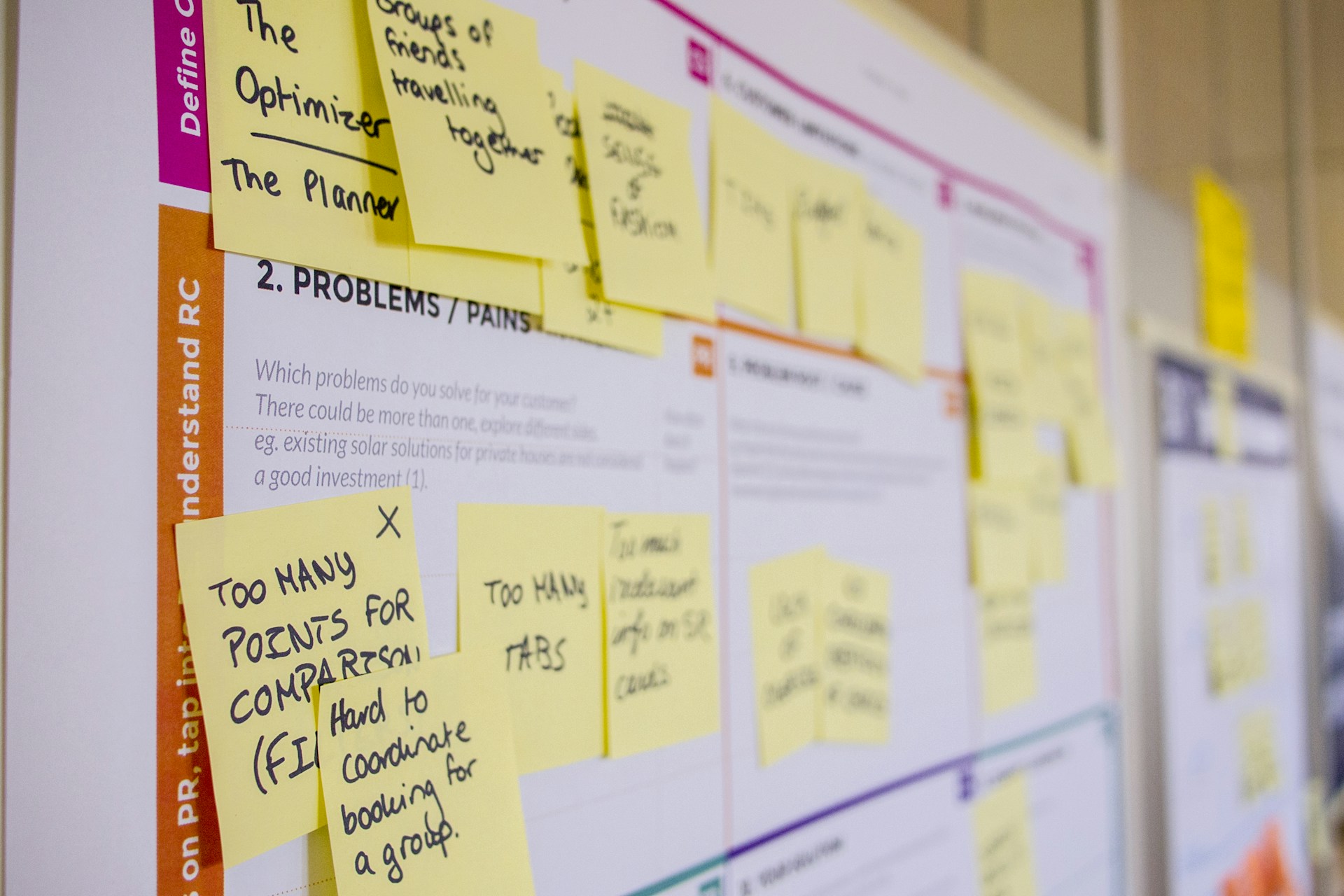
How to Enhance Your Problem-Solving Skills in UX Design:
There are several ways to hone your problem-solving skills as a UX designer:
- Embrace User Research: Develop a strong understanding of user behavior through research methodologies like user interviews, surveys, and usability testing.
- Empathy is Key: Cultivate empathy for your users. Put yourself in their shoes to understand their frustrations and needs.
- Think Outside the Box: Don’t settle for the first solution that comes to mind. Brainstorm a variety of creative ideas to ensure you’re considering all possibilities.
- Learn from Iteration: Testing and iterating on your designs is essential. Embrace user feedback and continuously refine your solutions until they effectively address user problems.
By prioritizing problem-solving in your UX design process, you can create products that not only look good, but function beautifully and leave a lasting positive impression on users.
If you ever find any problem, or issue with a download file, or just want to reach out to say hello, we are always available at figmaui4free@gmail.com – Our team will be happy to help you.

